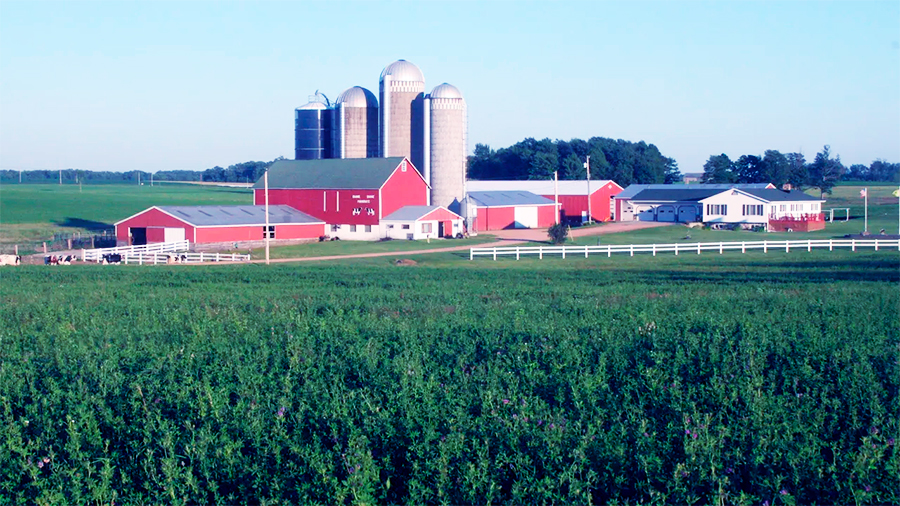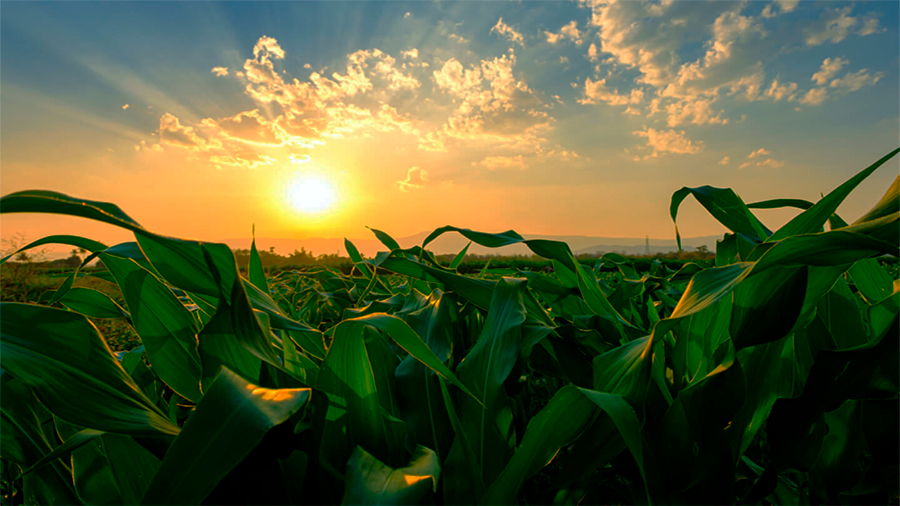Every season brings new pressure for farmers. Spring demands seed, fertilizer, and fuel. Summer means equipment repair and labor costs. And harvest season can be a logistical whirlwind with high expenses and delayed income. In this cycle, one thing becomes crystal clear — cash flow doesn’t always arrive when costs do. That’s why many farmers turn to credit lines. Not to fund extravagance, but to bridge the growing season, manage unpredictability, and keep operations running when the timing doesn’t match the balance sheet.
The Nature of Seasonal Cash Flow in Agriculture
Agriculture doesn’t operate on a monthly paycheck. A wheat farmer might only get paid once a year, but they have to spend money constantly to keep things moving. Inputs like seed, pesticides, and water need to be paid for long before a single crop is sold. In livestock operations, feed, veterinary care, and maintenance don’t stop — even if meat or milk prices take a hit. That mismatch between income and outflow is exactly why credit becomes not just helpful, but necessary.
For many farmers, especially those with smaller or medium-sized operations, seasonal credit is less about expanding and more about surviving the gaps. Think of it as financial irrigation — keeping things flowing when nature or markets cause droughts in cash.
What Makes Credit Lines Different from Standard Loans
Unlike a fixed loan, where you receive a lump sum and start repaying immediately, a credit line works more like a flexible reservoir. You only draw what you need, when you need it — and you pay interest only on what’s used. This is critical for agriculture, where needs can spike without warning due to weather, pests, or shifting market prices.
Many credit lines are designed specifically for the seasonal rhythms of farming. Terms may allow for delayed repayment until after harvest or include flexible interest rates tied to commodity prices. Some lenders even tailor the structure based on the farmer’s crop cycle or geographic climate.
Examples of How Farmers Use Credit Lines
The flexibility of these arrangements means farmers can target short-term needs without long-term debt. A few common uses include:
- Pre-season input purchases: Seeds, chemicals, fuel, and machinery servicing are costly but can’t be delayed.
- Emergency repairs: When equipment breaks down mid-season, waiting for a capital loan isn’t realistic.
- Labor costs: Hiring additional help during planting or harvest can’t be postponed — even if the funds aren’t available yet.
- Delayed sales: If market prices are low at harvest, a credit line lets the farmer store grain and sell later, rather than selling at a loss.
This kind of credit isn’t about luxury — it’s about being able to respond to urgency without derailing the whole operation.

Access Isn’t Always Equal
Even though credit lines are essential for many farmers, not everyone gets access. Lenders still assess risk — and that often depends on a farmer’s assets, land ownership, past production, or credit history. Smaller farms, tenant farmers, and those in developing regions can struggle to secure the same terms or even approval.
In some cases, government programs or agricultural co-ops step in to offer seasonal credit to those left out by traditional banks. But these programs aren’t always well funded, and eligibility varies widely depending on country, crop, and year.
The Role of Ag-Focused Fintech
In the last few years, new fintech platforms have entered the agricultural space. These startups use remote sensing, satellite data, and weather analytics to assess farm health and offer credit without relying solely on paperwork or past financials. For example, a company might use crop images to estimate yield and offer a credit line based on predicted income rather than past performance.
This kind of innovation is particularly valuable in places where farmers operate informally and don’t have formal financial statements. A maize grower in Kenya or a rice farmer in India might get access to credit via mobile app — something unheard of even a decade ago.
Still, fintech isn’t a cure-all. Many farmers lack connectivity or digital literacy. And without strong regulation, some lenders exploit urgency with predatory terms masked behind friendly interfaces.
Behavioral Traps: When Flexible Credit Becomes a Burden
Flexibility is powerful — but it also comes with risk. Just like consumers with credit cards, farmers can fall into cycles of rolling debt if they rely too heavily on seasonal borrowing without clear repayment plans. For example, using a credit line to pay for this year’s seed — using revenue from last year’s harvest, which already went toward last season’s debt — creates a treadmill that’s hard to escape.
The issue isn’t just discipline — it’s volatility. Market prices fluctuate. Weather ruins crops. Global demand shifts. Even the best-managed farm can end up owing more than it expected, through no fault of its own. That’s why credit lines should be used strategically, not habitually.
Strategies for Using Seasonal Credit Responsibly
Successful farmers tend to approach credit lines like a tool — not a crutch. They use them with planning, not panic. A few best practices include:
- Linking credit to production plans: Only borrowing what’s tied to projected, realistic output.
- Creating repayment schedules tied to crop cycles: Avoiding pressure to pay back before the money comes in.
- Reviewing credit terms annually: Even flexible lines should be assessed regularly for rate changes or hidden fees.
- Separating emergency use from routine planning: Don’t treat seasonal credit as a general piggy bank.
These practices can help farmers protect margins and prevent the kind of compounding debt that leads to business failure.

When Credit Lines Are a Lifeline
Despite the risks, the reality is that most farms — especially smaller ones — can’t operate efficiently without access to short-term liquidity. Whether it’s a bridge until a subsidy arrives or a buffer before a harvest is sold, credit lines provide the breathing room that makes agricultural planning possible.
In a sector so exposed to risk, seasonal borrowing becomes part of the strategy — not a sign of weakness. Without it, production slows. Hiring stops. Equipment goes unrepaired. And the financial strain grows quickly.
Looking Ahead
As climate change, inflation, and market volatility reshape global agriculture, the importance of tailored financial tools will only increase. Credit lines, if used wisely, offer flexibility without locking farmers into rigid commitments. But they need oversight, fair terms, and access that reaches beyond large landowners.
Technology will play a role — but so will policy, education, and financial transparency. Farmers don’t just need loans. They need systems that understand the rhythms of their work, the nature of their risk, and the importance of timing.
In agriculture, timing is everything. The ability to plant, grow, harvest, and sell — all hinge on access to cash at the right moment. Credit lines make that possible. They’re not about borrowing for the sake of borrowing — they’re about survival, growth, and resilience in a field where too much depends on factors beyond your control. And as the industry evolves, so must the tools that keep farmers moving forward.


